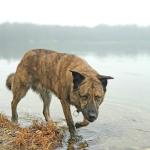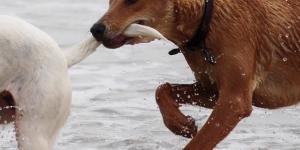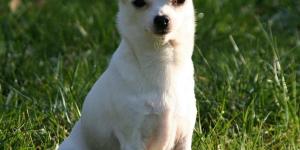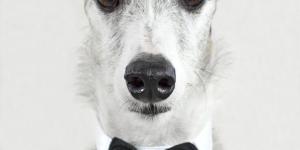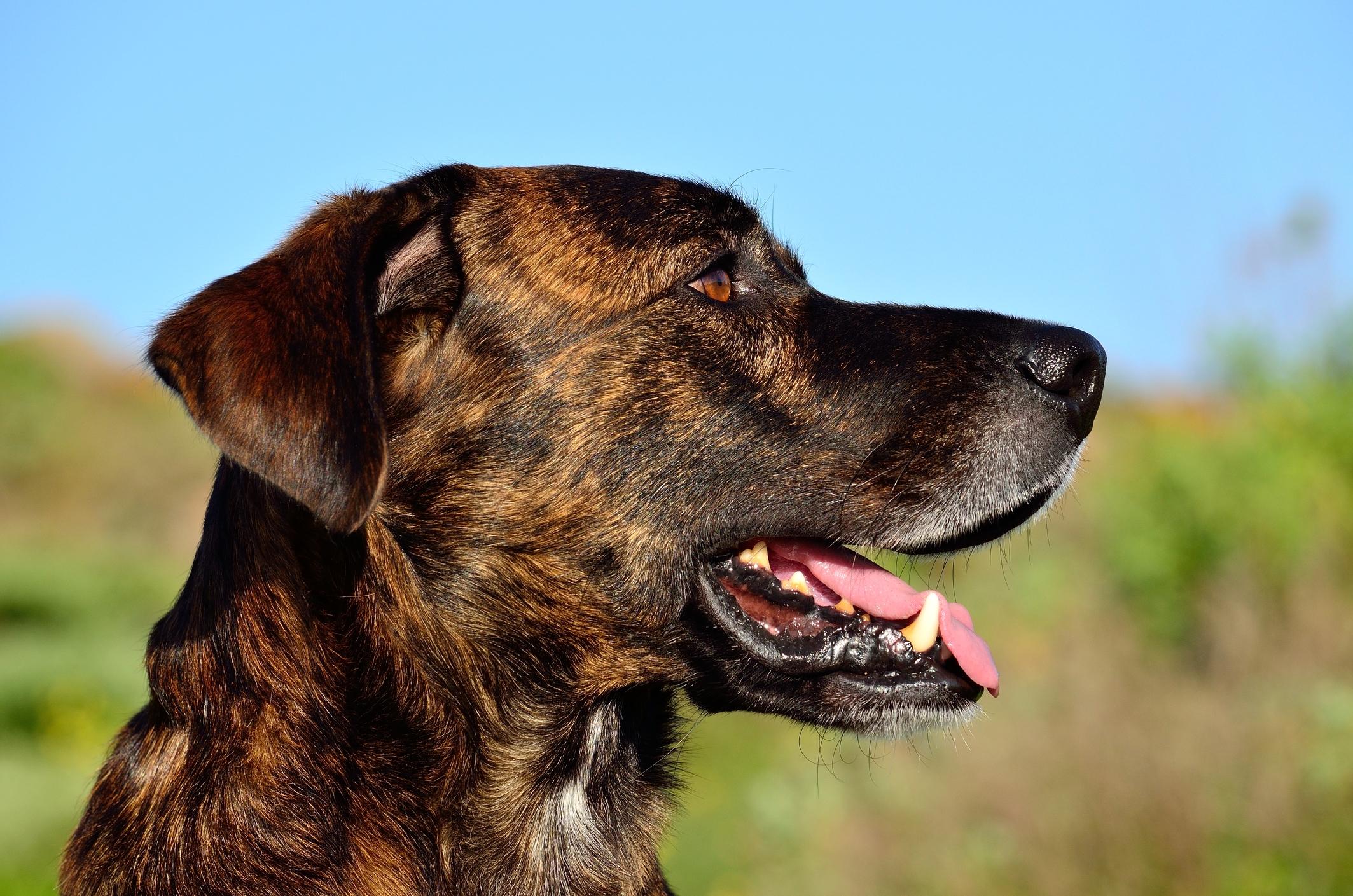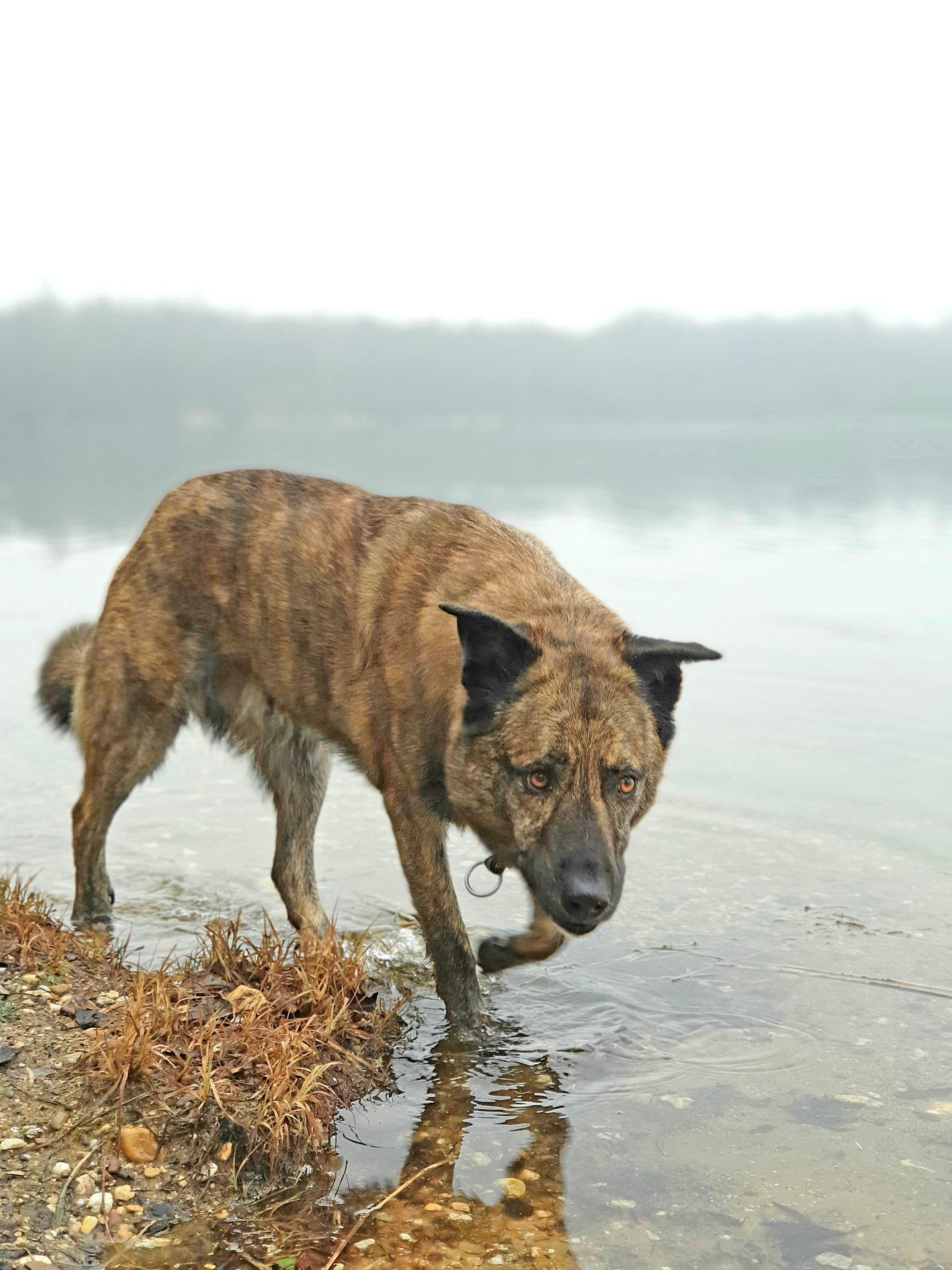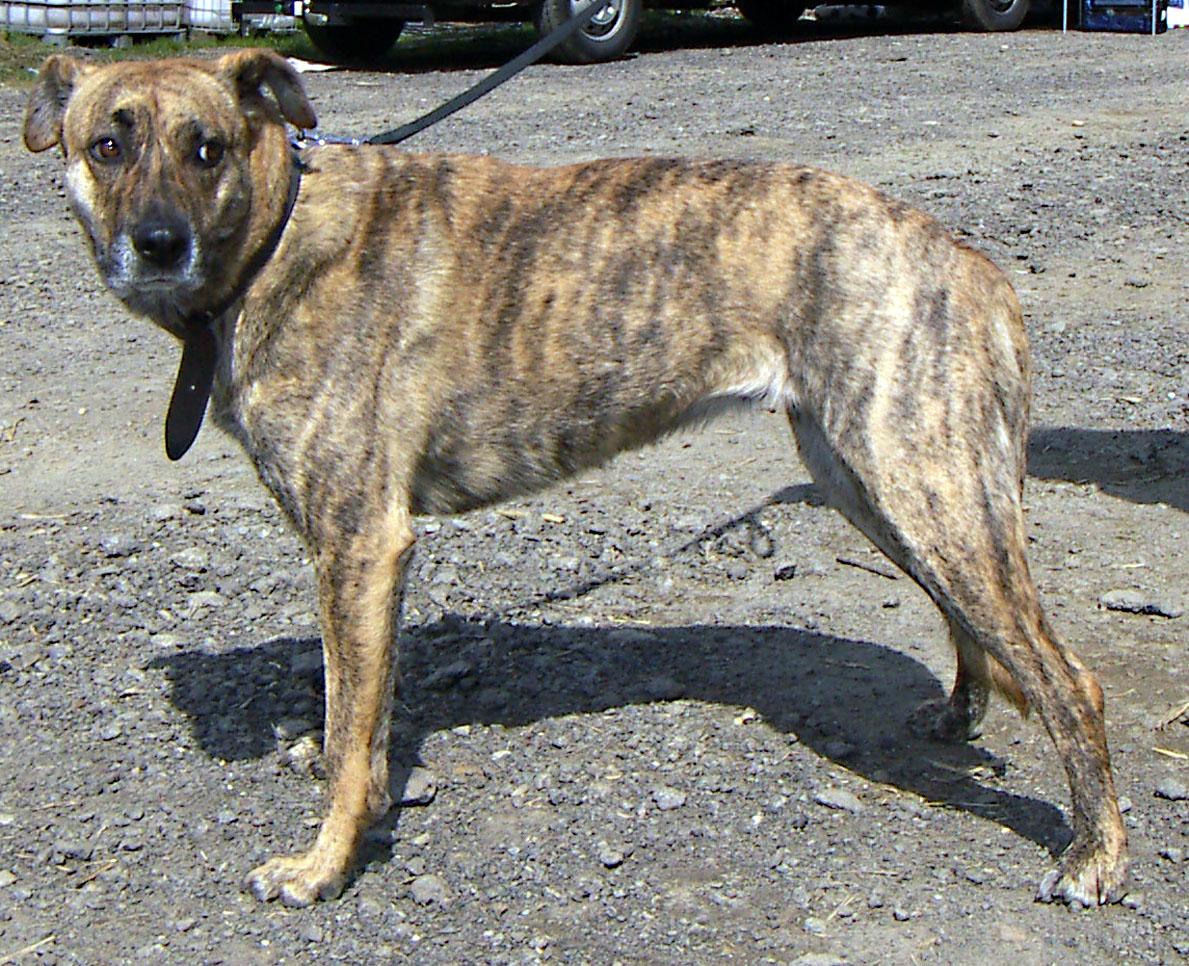Majorero or Bardino Dog
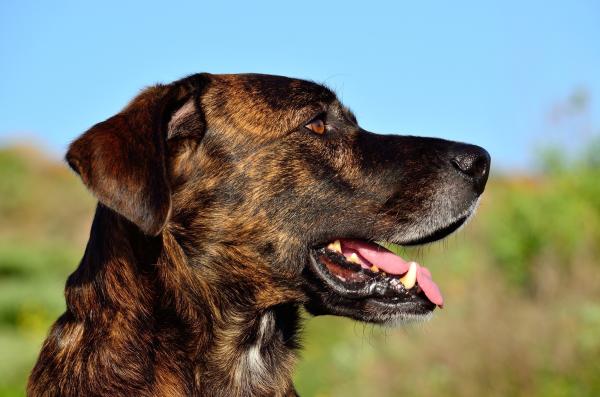
The Majorero dog is a native dog breed of the island of Fuerteventura in the Canary archipelago, where it is popularly known as the Bardino dog. This breed has been used as a guard and herding dog for more than six centuries. But it was only at the end of the last century that the Royal Canine Society of Spain recognized it as a native dog breed.
The following AnimalWised article describes the Majorero's main characteristics, its origin, and its basic care requirements.
- Europe
- Spain
- 5-14
- 14-18
- 18-22
- 22-27
- 27-31
- More than 31
- 2-7
- 7-22
- 22-55
- 55-100
- 100-220
- 8-10
- 10-12
- 12-14
- 15-20
- Low
- Meidum
- High
Origin of the Majorero or Bardino dog
The Majorero dog we know today, also known as the Bardino dog, originally came from the island of Fuerteventura, one of the Canary Islands. The dogs were brought to the island by the Castilian conquerors in the 15th century. It was traditionally used as a guard dog, a herding dog for sheep and cattle, and for dog fighting. Because of its fighting ability, it was crossed with other native dog breeds that were also used in fighting in the Canary Islands. From this crossing emerged another popular Canarian breed, the Presa Canario.
It was not until 1979 that the first monographic exhibition on the Majorero was held. To clarify, monographic exhibitions are those devoted to a specific breed, and only purebred dogs can participate. Despite this monographic exhibition marking the beginning of the process, it was not until the year 1994 that the Majorero was recognized by the Royal Canine Society of Spain as a native dog breed.
The decline of farming and the introduction of foreign dog breeds led to the decline of this breed, bringing it to the brink of extinction. However, thanks to the work of several associations for the preservation of the Majorero dog, composed of breeders, keepers and fans, it has been possible to save this Canary breed.
Characteristics of the Majorero or Bardino dog
The Majorero is a medium-sized dog breed. Males weigh between 66–99 pounds (30-45 kg) and have a height at withers of about 22 in (56 cm), while females weigh between 55-77 (25-35 kg) and have a height of about 21 in (54 cm).
The Majorero is a strong, compact dog with a slightly rising topline towards the croup. They have a swinging and lively gait and are able to adapt their step to the irregularities and unevenness of the volcanic soils. They are characterized by their particular way of sitting, sideways, with an attentive look at their surroundings, which comes from their traditional work as guardians and protectors.
Below, we present the main physical characteristics of the breed standard for the Majorero.
- It is characterized by a broad, muscular and strong neck and a relatively small head compared to the rest of the body, which gives it great gripping power and firmness when preying or biting.
- Its facial region has a slightly pronounced fronto-nasal depression (stop). The eyes are rather small and their color varies from amber to black. Both the edge of the eyelids and the lips are darkly pigmented.
- The ears are set back and high. They are characterized by a double fold that prevents them from remaining firmly erect.
- The strong and heavily muscled neck ends in a broad and deep chest. The loin is also strongly muscled and the belly is not flabby, but slightly tucked up.
- The tail is set on fairly high and reaches to the hock when at rest.
- The limbs are strong and have a firm stance. Characteristically, the hind limbs are slightly higher than the forelimbs.
Colors of the Majorero Dog
The coat of the Majorero dog is of medium length, strong, but soft and shiny. On the lower part of the tail and on the back of the thigh, it has slightly longer hair than on the rest of the body.
The coat is always brindle, with shades that can vary between greenish, yellowish, beige, gray, and black. The brindle stripes can be more or less pronounced depending on the base color. They usually have a dark-colored mask and may have white patches on the neck, chest, head, or tip of the tail.
Character of the Majorero or Bardino dog
They are known for their loyalty and fidelity to their caregivers and generally to all family members. However, they usually stay away from unfamiliar people and are particularly suspicious and reserved towards strangers.
Majorero dogs are very territorial, brave and protective. Majorero dogs are prized for their ability to work well with livestock without harming them. They are also highly valued as guard and protection dogs, because although they are not aggressive, they will do anything to protect their own.
Is the Majorero dog dangerous?
Dogs are not aggressive by nature. Therefore, the education they receive from their owners and their life experience play a crucial role. Majorero dogs that have been raised with respect and positive methods do not have to be dangerous or even aggressive. However, if they are not raised properly, they can become dangerous, as they have a strong bite and are very protective.
Care of Majorero or Bardino dog
When caring for a Majorero dog, you need to consider a number of aspects:
- Nutrition: like any other dog breed, they need a balanced diet that is appropriate for their age and activity level. It is important to take into account the level of physical activity of the animal (depending on whether it is a herding dog, guard dog or companion dog...) to adapt its ration to its daily activity. read this other article to learn more about what is the best diet for dogs.
- Exercise: Majoreros, like other sheepdogs, need a high level of physical exercise. They are adapted to life in the country and enjoy running and playing freely in a safe and spacious environment. They need open spaces for leisure and recreation, so it is not advisable to keep them in small indoor areas.
- Grooming: The Majorero's coat is not difficult to groom, but to keep it healthy and shiny, you will need to brush it once or twice a week. It is also advisable to bathe your dog once a month.
- Environmental enrichment: If they live in rural areas, they will find in nature all the stimuli they need to stay healthy and happy. However, if they live in an apartment, it is important to provide them with adequate environmental enrichment and spend time with them. They also need different toys to keep them entertained, including balls, chew toys and intelligence games.
Training of the Majorero or Bardino dog
As we have already explained, Majoreros are dogs with a strong instinct for defense and territoriality. For this reason, it is especially important in this breed to provide proper training and socialization from an early age to avoid aggressive and undesirable behavior later in life. In addition, it is equally important to use techniques that emphasize positive reinforcement while avoiding yelling and punishment. If you have recently adopted a Majorero puppy, you can learn more about how to raise them properly by reading this article on common puppy training mistakes to avoid.
If you feel that you do not have enough knowledge about raising a dog, we recommend that you contact a dog trainer who will give you the appropriate instructions.
Health of the Majorero or Bardino dog
Majoreros are very hardy dogs that have a high tolerance for heat and even lack of water. This does not mean you should not provide them with water or shade, but simply that they are animals who are especially resistant to adversity because of their origin.
Majoreros are not predisposed to any particular disease, but neither are they immune to certain diseases that can affect any dog. For this reason, it is important to have regular veterinary examinations (twice a year) to detect any diseases in their early stages and initiate early treatment.
With good care, the life expectancy of this breed is between 12 and 14 years.
Where to adopt Majorero or Bardino dog?
As we have already mentioned, the Majorero dog comes from the island of Fuerteventura, where most specimens of this breed are found. They are rarely found in other parts of Spain. Therefore, if you want to add a Majorero to your family, we recommend that you first check with animal welfare organizations in the Canary Islands.
Another option is to contact the associations responsible for the preservation of the Majorero, because they are responsible for the placement of puppies to ensure the preservation and survival of the breed.
Remember, the most important thing is to be attuned to the individual needs of each dog you adopt, rather than judging them by their breed standard.
Majorero or Bardino Dog photos

